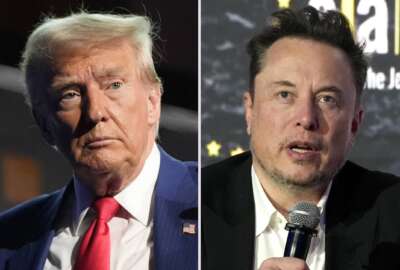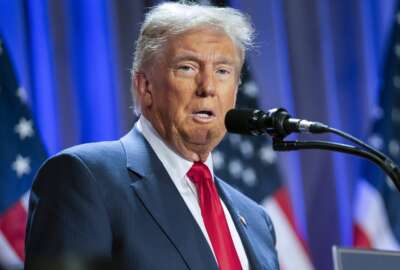21st Century Statecraft add-on to traditional diplomacy
Social media has fundamentally changed the way people communicate — and that includes how the State Department communicates with foreign countries. Dubbed 21s...
wfedstaff | June 4, 2015 4:17 pm
Social media has fundamentally changed the way people communicate — and that includes how the State Department interacts with foreign countries.
Dubbed 21st Century Statecraft, the use of digital tools is a way for State to engage with other countries’ governments, listen to foreign citizens and promote national interests abroad.
Foreign policy is no longer limited to global summits and foreign embassy reception rooms, said Victoria Esser, deputy assistant secretary for public affairs at State, in an interview with The Federal Drive with Tom Temin.
“We’re taking advantage of social media to bring people virtually in the State Department briefing rooms so that they get to ask the foreign policy questions that are on their minds,” Esser said.
State is calling January 21st Century Statecraft month. The department has set up 10 Twitter feeds, each in a different language. Throughout this month, a department spokesperson is answering questions every Friday tweeted with the hashtag #askstate.
“That’s one example we’re not wedded to format but we’re wedded to the commitment of making sure that we’re looking for new ways to connect with people around the world,” Esser said.
The types of questions State receives vary — from a status update about Syria on the Arabic Twitter feed to a question about human rights on the Chinese feed.
In some countries, speech is censored, and citizens could be taking a risk by communicating online.
Esser said, “Those are people are choosing to engage on social media, with or without the State Department.”
In some instances, State has had to adapt to a country’s particular social networks. For example, in China, where Twitter is banned, citizens have turned to microblogging platform Sina, Esser said.
Esser emphasizes that 21st Century Statecraft does not replace traditional diplomacy. Instead, this is an “add-on and a new way to directly engage with people,” she said. “We see that as a benefit. It’s a voice that local citizens can have with the United States and local citizens can have with their own governments as well.”
RELATED STORIES
21st century statecraft: Technology meets diplomacy
How the internet affects diplomacy
State Department’s Alec Ross offers roadmap to new media success
Copyright © 2024 Federal News Network. All rights reserved. This website is not intended for users located within the European Economic Area.





